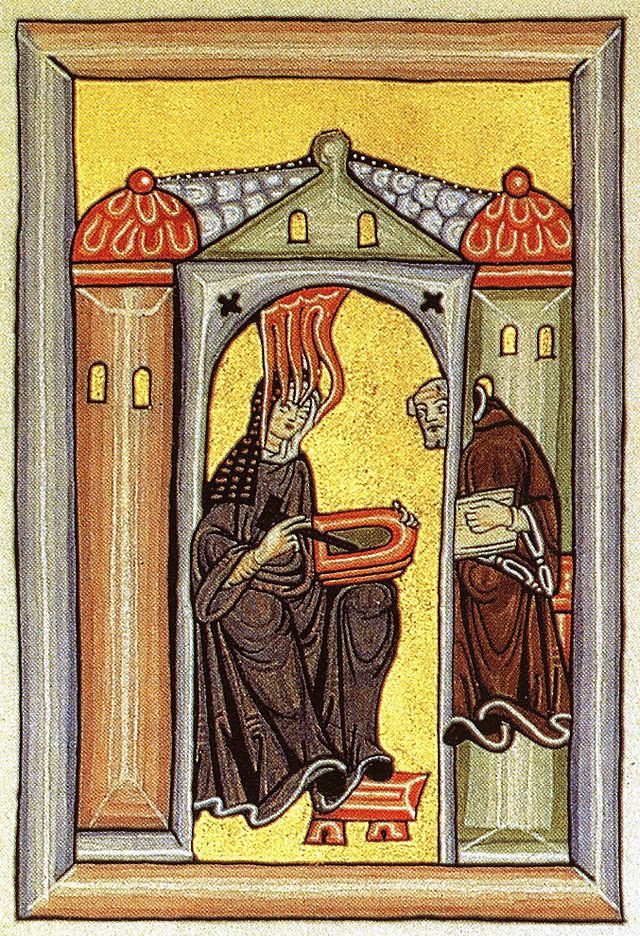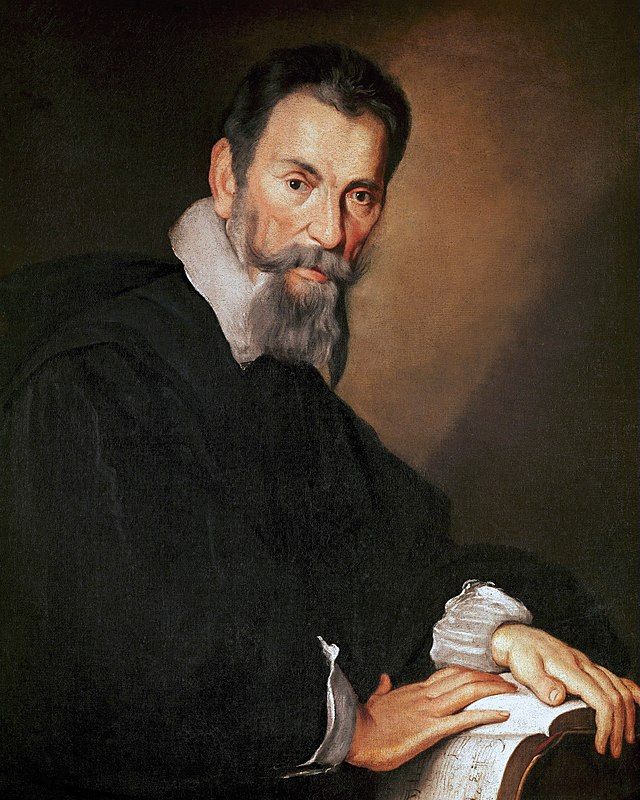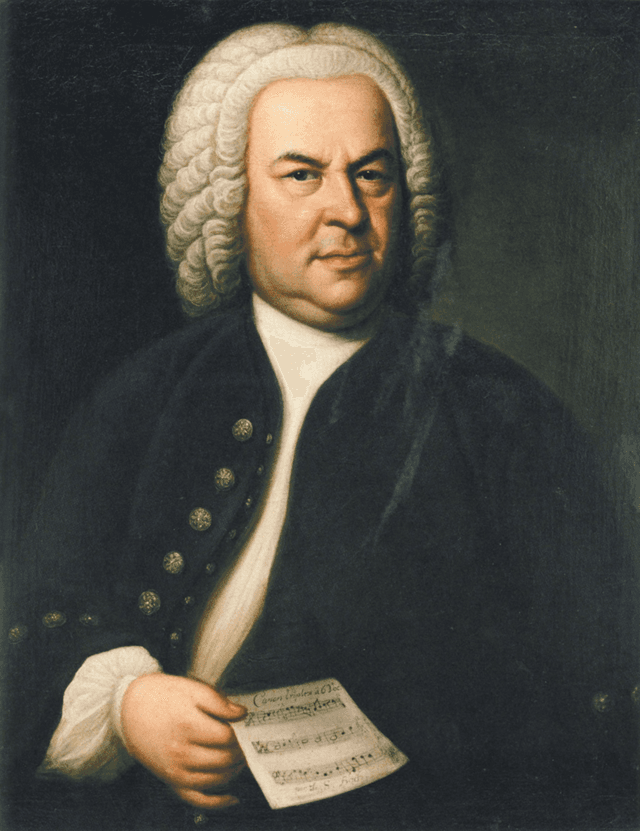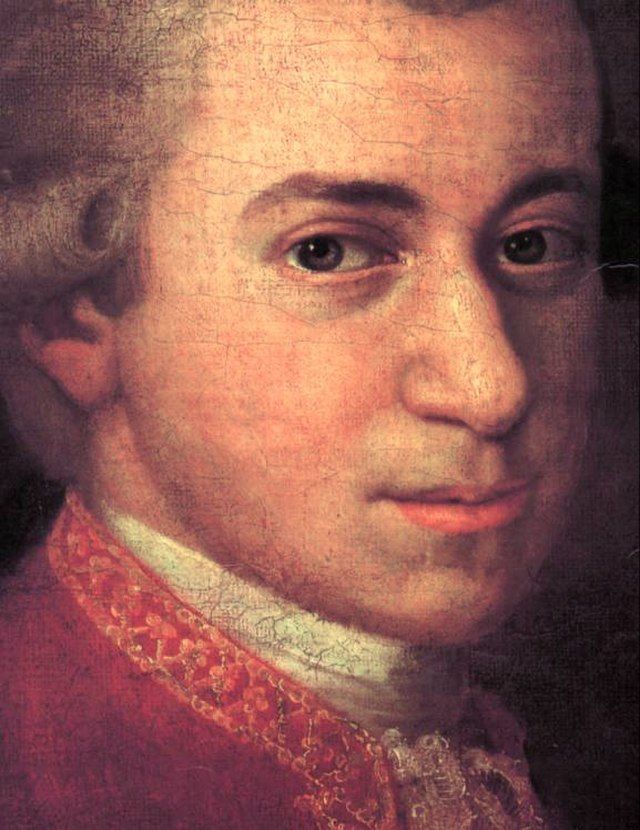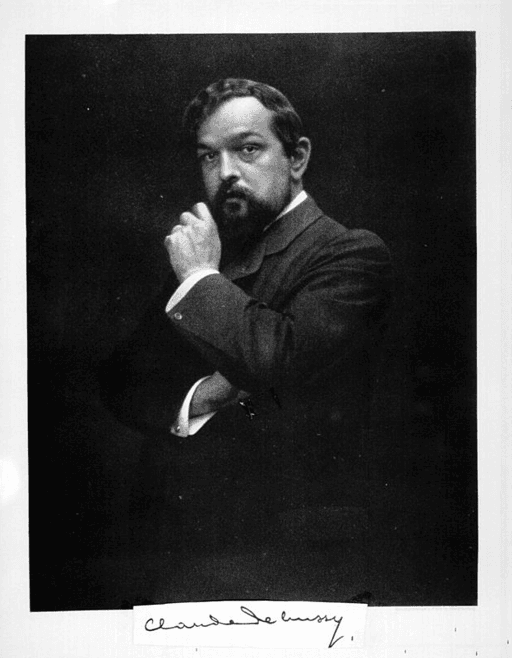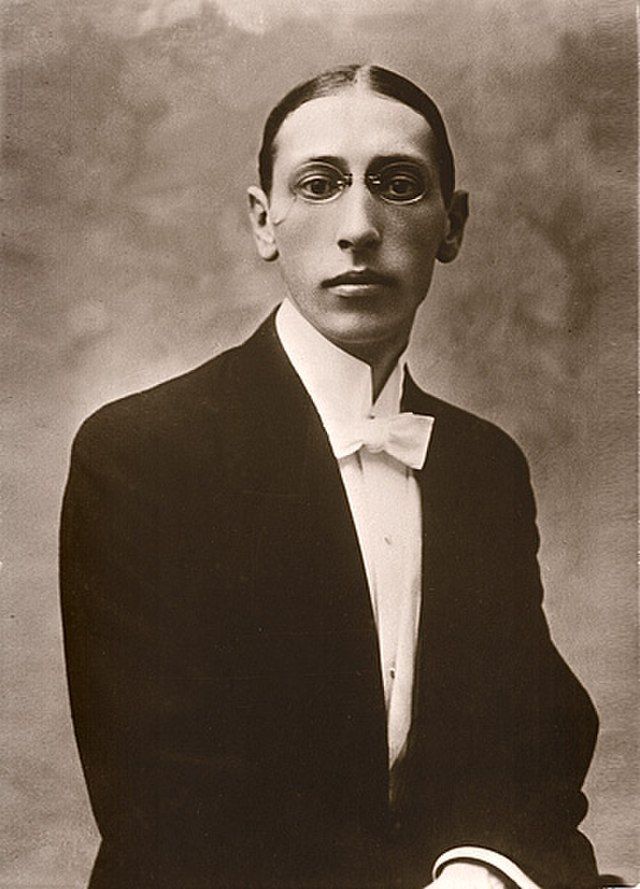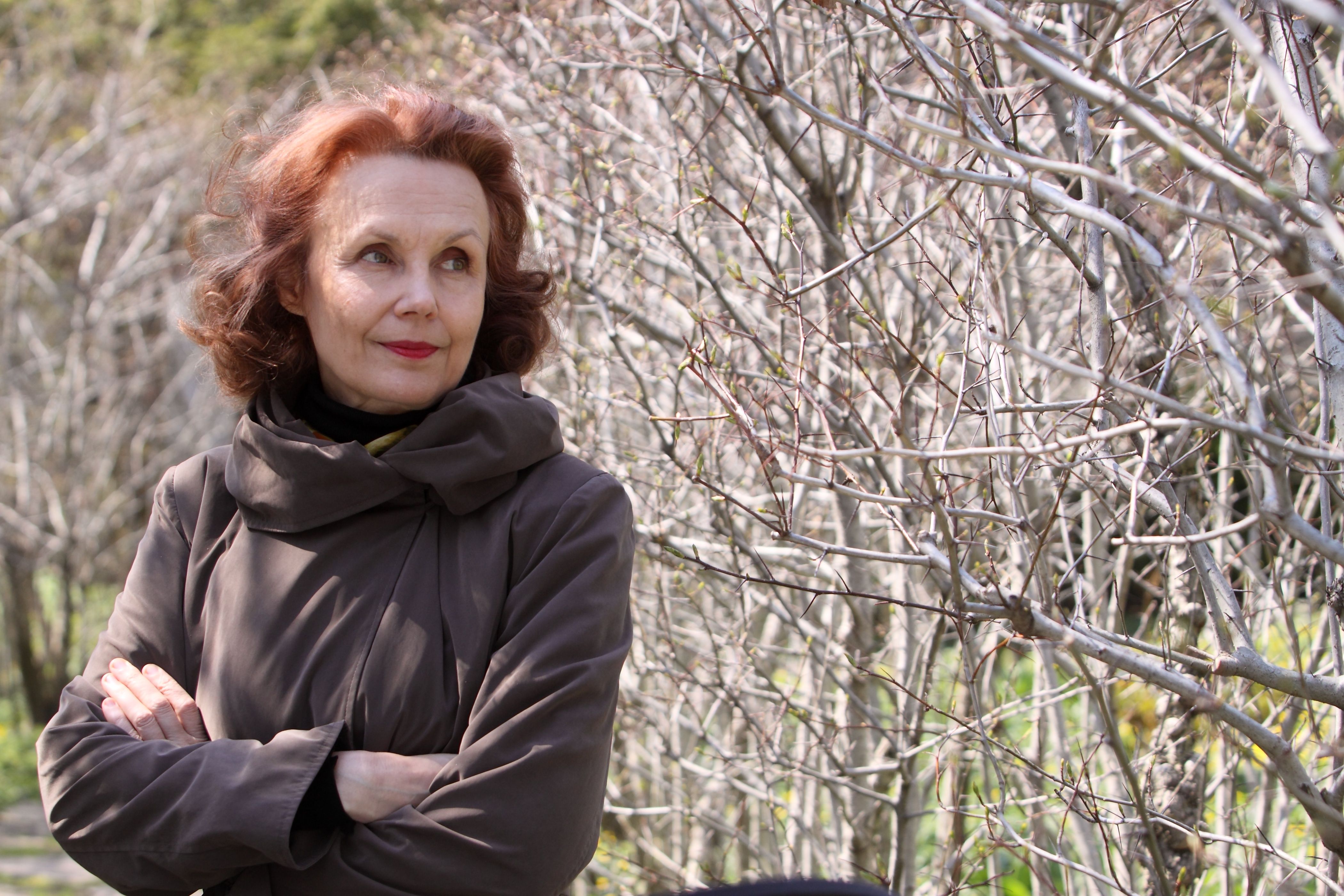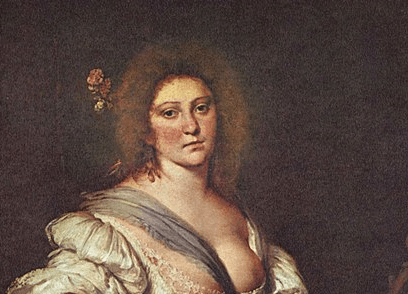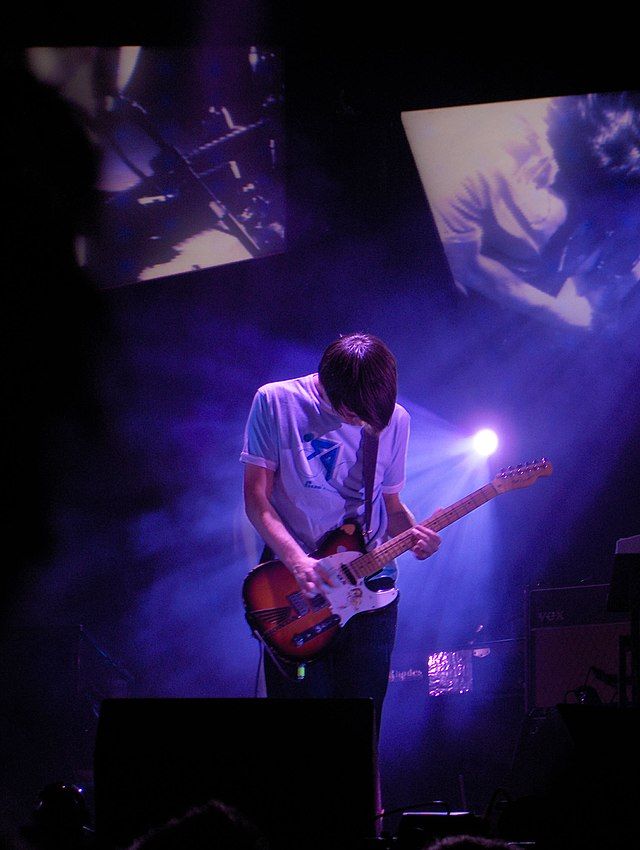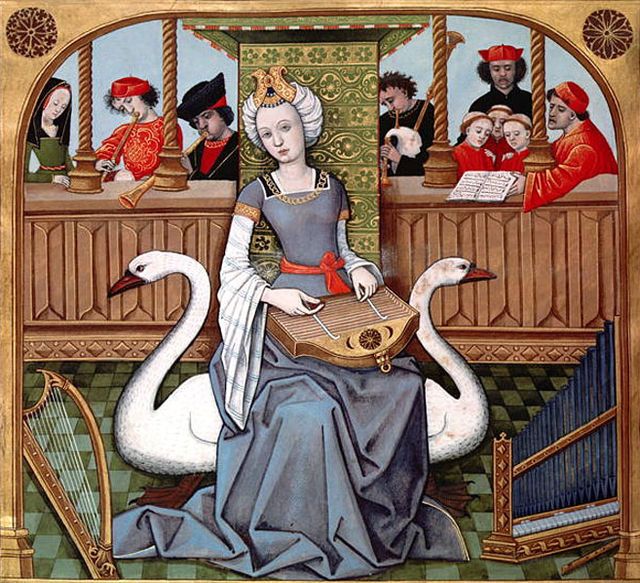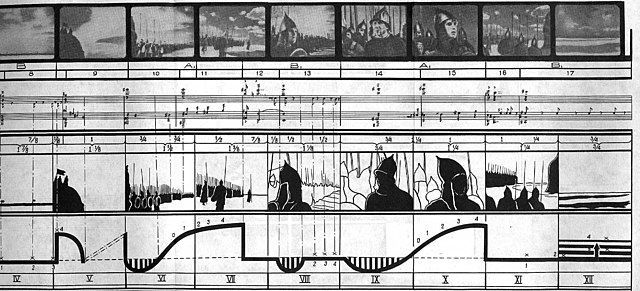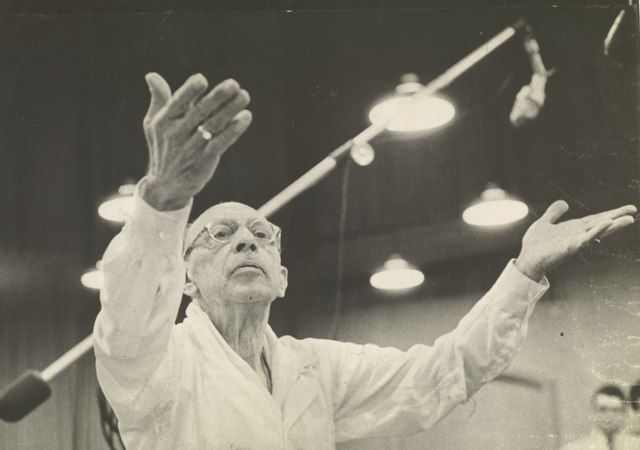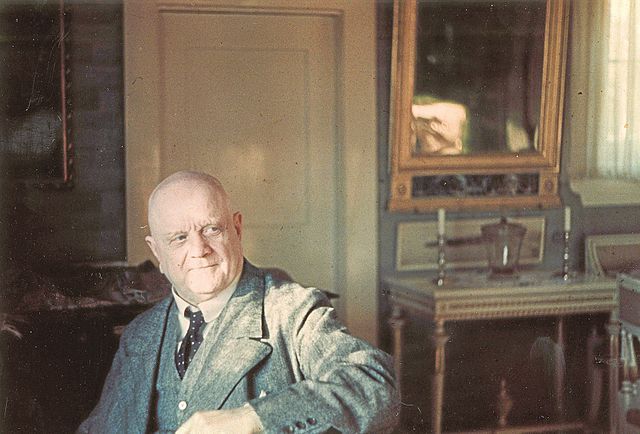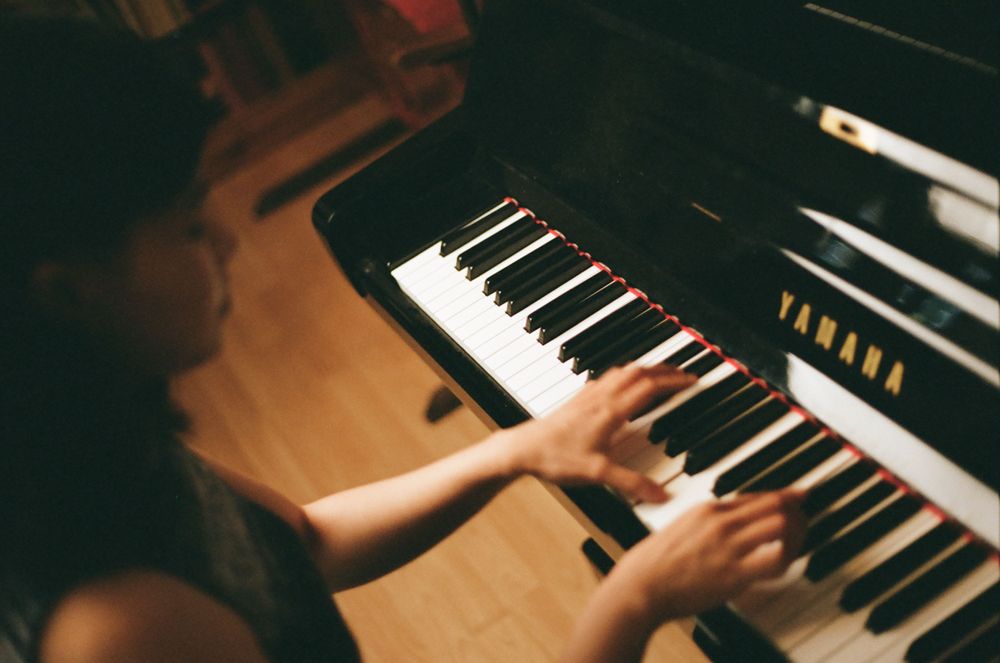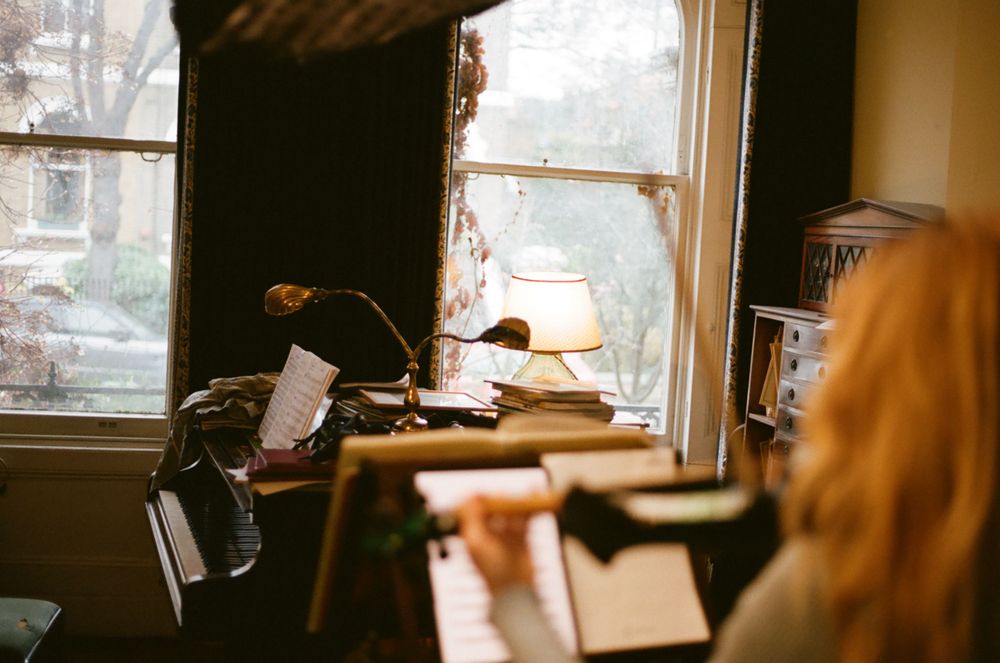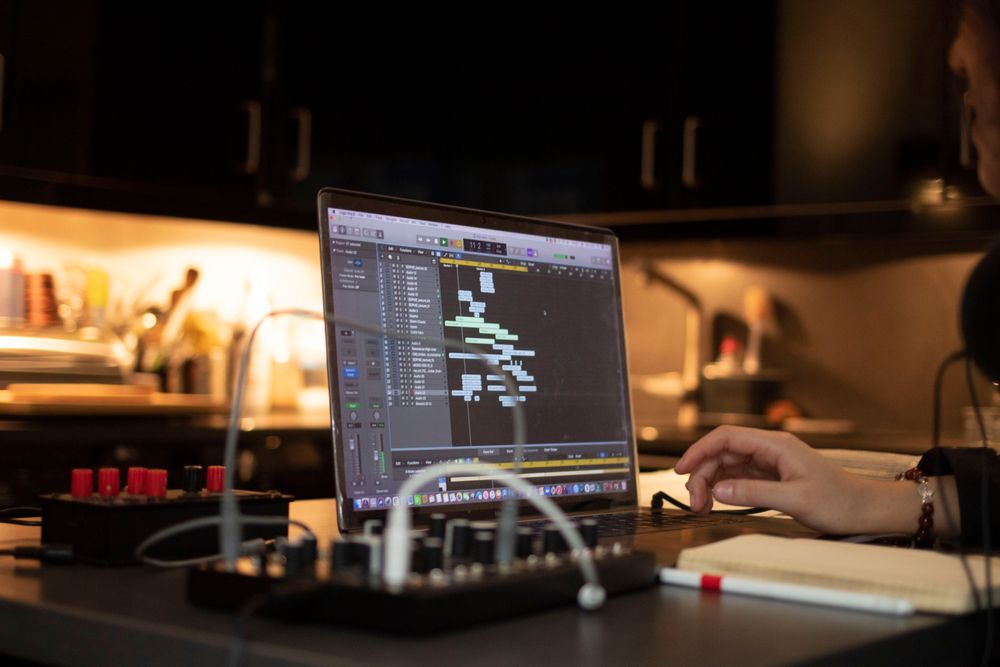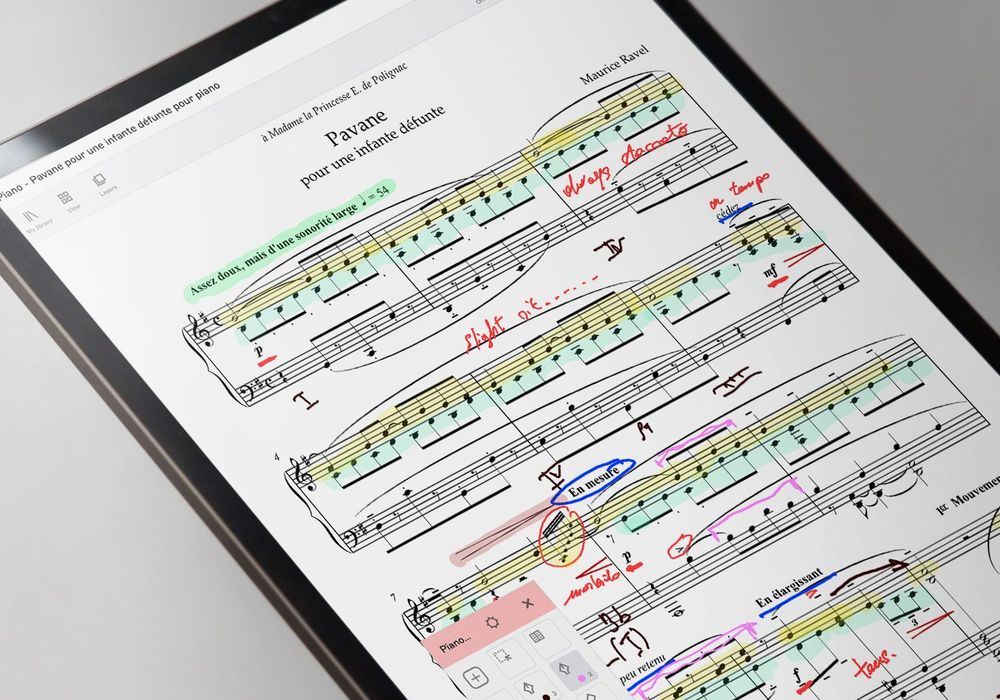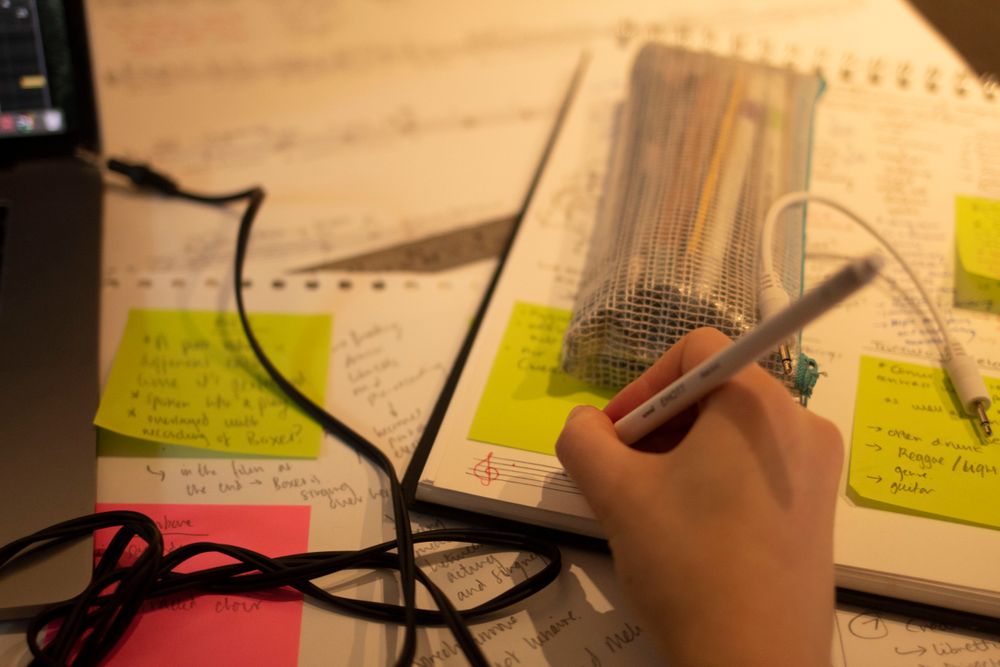The next generation of composers - including Johann Sebastian's own son, Carl Philipp Emmanuel Bach - reacted against the extravagant complexities of both Bach senior and his countryman and exact contemporary George Frideric Handel. They would start afresh in the mid-1700s.
In the ‘galant style’ that emerged, basic, song-like melodies and an absence of polyphony prevailed, but this idiom, too, gradually became more complicated. Inspired by ancient principles of grace, balance, poise and clarity, the Classical era proper dawned, and while the trailblazing works of Joseph Haydn defined, advanced and consolidated it, the figure of Mozart endures as the iconic high-water mark of the era. For many he’s the high-water mark of classical (lowercase) music more generally.
His musical abilities are the stuff of legend. This is the child prodigy - the Wunderkind of Europe. The composer who wrote his first symphony at the age of eight, who could write an entire concerto in a few days, and who notated Gregorio Allegri’s Miserere by ear, a composition that until then was guarded with the strictest secrecy by the Vatican.
For modern music-lovers, this tremendous reputation has a lot to do with the 1979 play, Amadeus and its cinematic adaptation of 1984. But although they may exaggerate certain aspects of his life and work, there is more than a kernel of truth at their heart.
Mozart was an enormously prolific, accomplished and influential composer. His diverse output contains pioneering works in a range of genres - operas, masses, chamber music, etc. - and also demonstrates the Classical-era proliferation of so-called ‘absolute’ forms: symphonies, concertos, sonatas, which usurped the predominance of Baroque dances and various sacred-music forms. Through piano sonatas and concertos, Mozart also served to cement the centralisation of the piano (then the fortepiano), which replaced the harpsichord as the keyboard of choice. And in his 41 symphonies - building on the achievements of Haydn’s staggering 104 - he similarly helps to solidify the orchestra.
